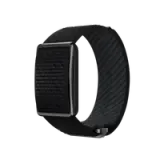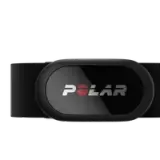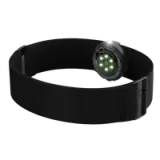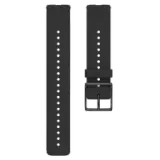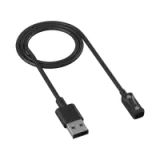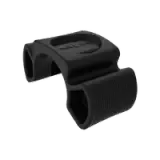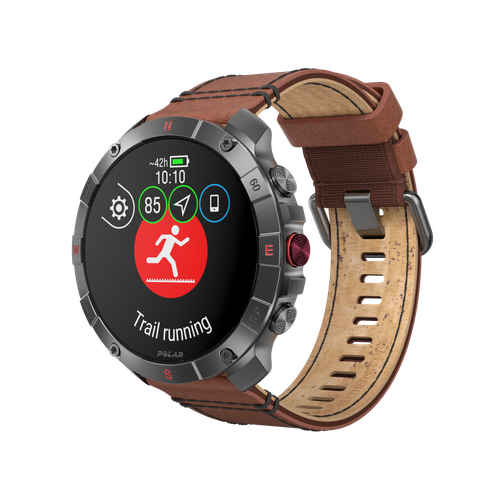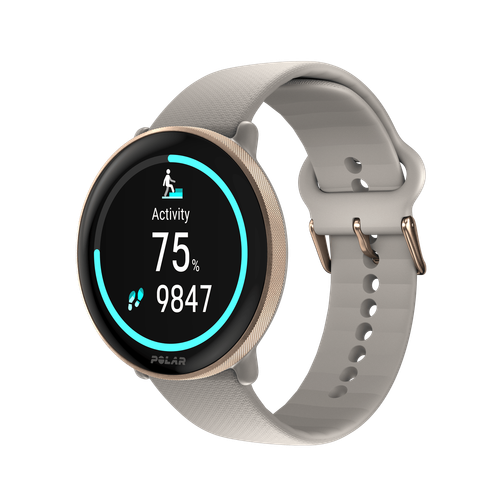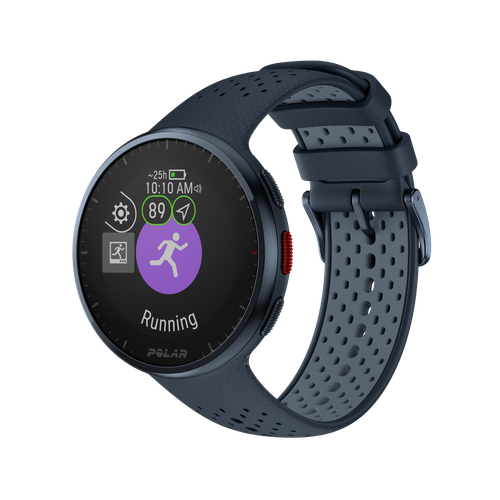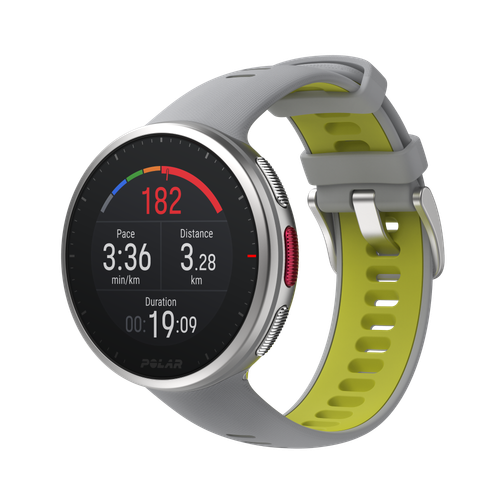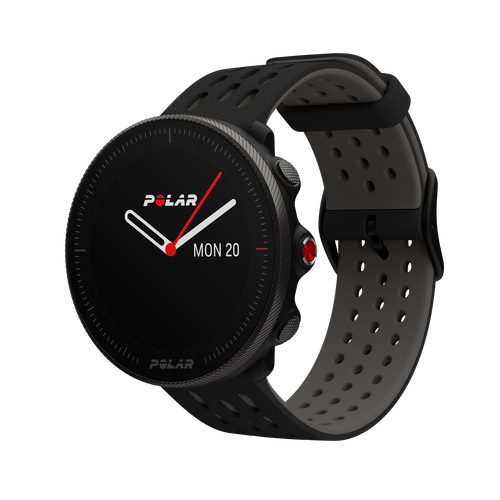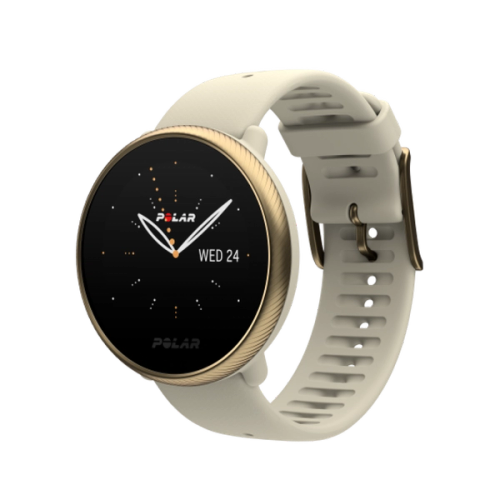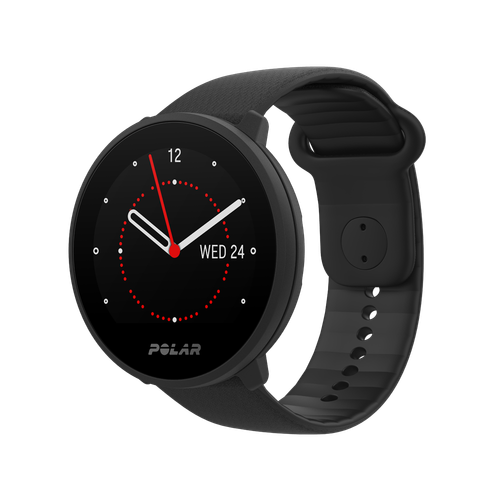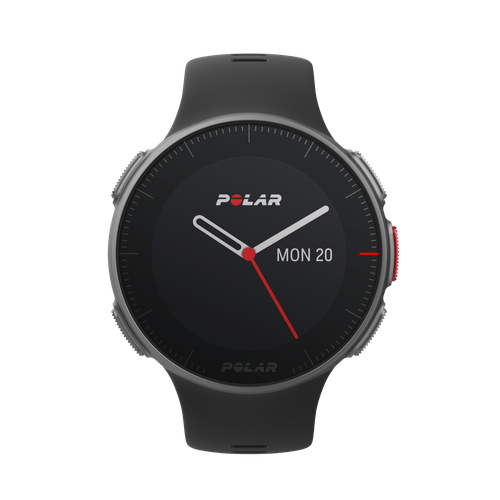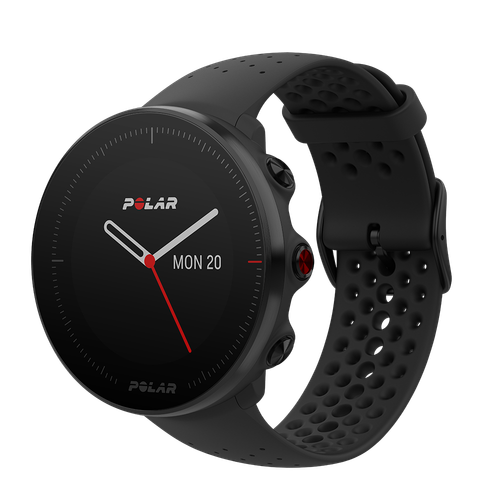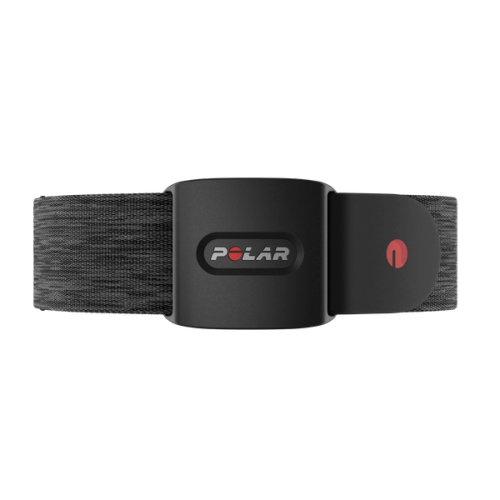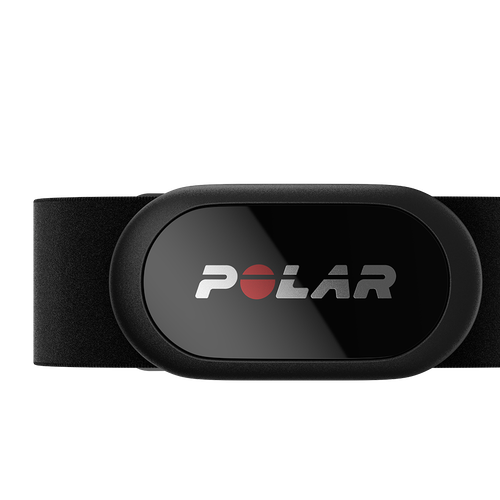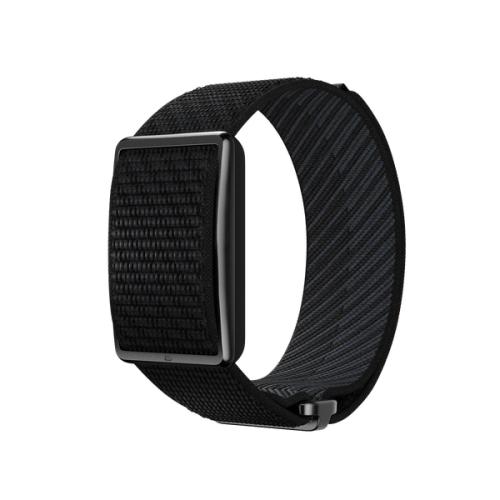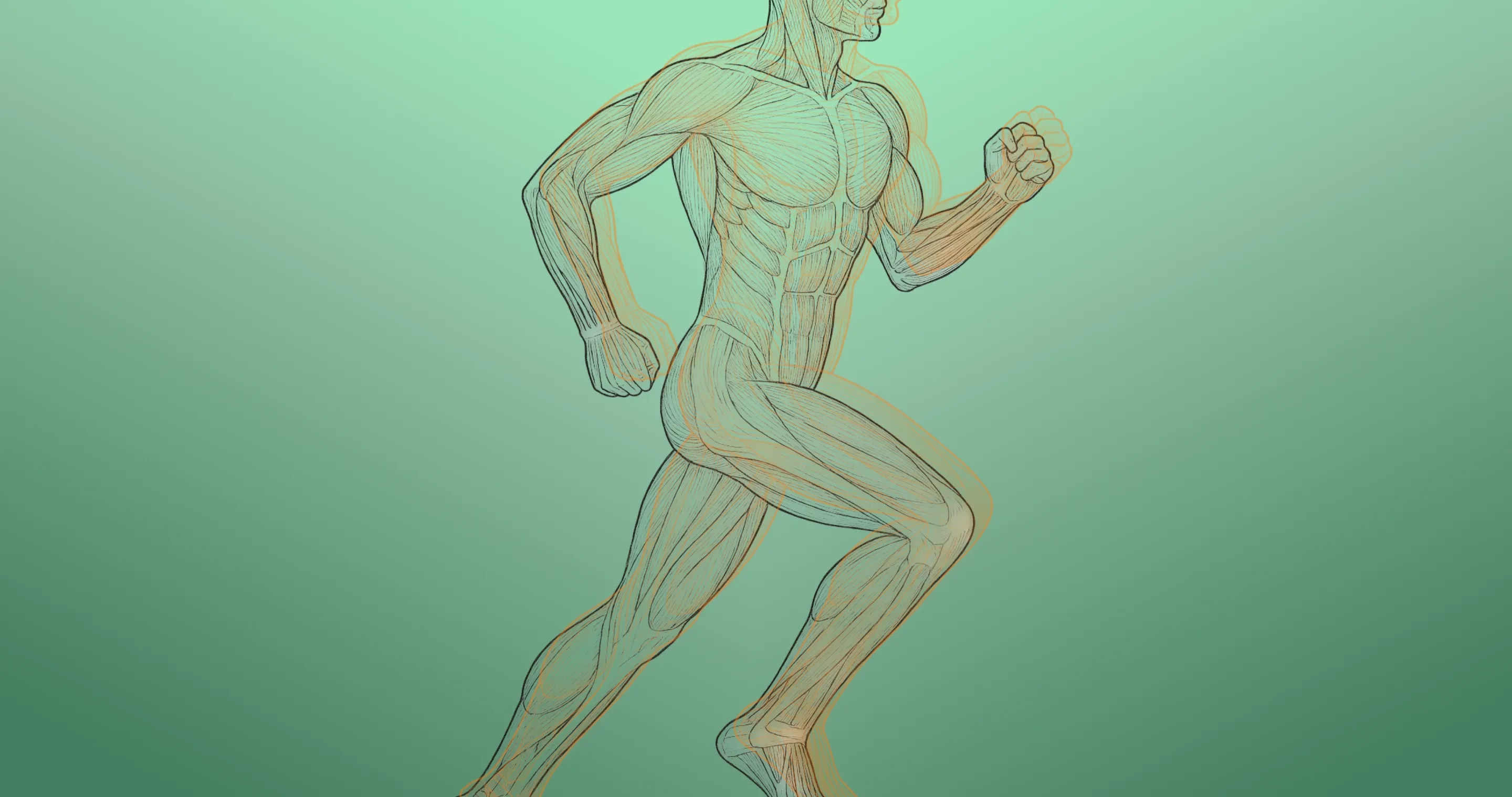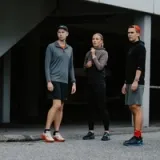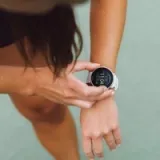Chances are, like me, you grew up learning how your body fits together with the song “The toe bone’s connected to the foot bone, and the foot bone’s connected to the ankle bone.” And you still remember all the lyrics, yeah? Well, what if you were asked to talk about how those bones (and indeed, soft tissue and muscles) are used in running? Could you explain the anatomy of what comes so naturally to you?
If you’re screwing up your nose right now trying to remember which one is the tibia and the fibula, then here’s your chance to go back to school as we take a peek specifically at your running anatomy. We’re talking key muscle groups, the many bones in your foot and those particular tendons and fascia that can cause you problems.
While you may feel like you were born to run, have you also considered how our bodies have evolved to allow us to go the distance? The endurance running hypothesis, a theory pioneered by David Carrier and expanded by Daniel Lieberman and Dennis Bramble, proposes that to hunt more effectively, our bodies underwent significant changes from those of primates.
Think longer legs, shorter toes and spring-like tendons that allow us to store and release energy with each stride, making running more efficient. Or if you’ve ever compared your gluteus maximus (yup, that’s your butt) to an ape’s and realized we are mostly blessed with a bigger booty, then this hypothesis suggests that it’s because it helps to stabilize our trunk and prevent forward pitching during running. Interesting, right?
So, are you ready to learn about how all these parts move in the distinct pattern we call running? Whether you’re doing your first Couch to 5k or are an every-single-weekend trail runner, here’s how everything connects together so you can treat your body with the care it deserves.
Which Muscles are Used in Running?
First things first, you need to understand the rhythm your muscles are dancing to, and that’s called the running gait cycle. It’s basically the fancy term for how your legs work together with every single step.
There are two main parts:
- The stance phase, when one foot is planted firmly on the ground.
- And the swing phase, when that foot lifts off and sails forward to get ready for the next step.
Simple enough, right? But here’s the cool part: in that one cycle, over 200 of your muscles are working in perfect harmony to propel you forward. It’s like a full-body symphony. So, let’s look at the stars of this muscle show.
The Hip Flexors
Ever feel a little tight in the front of your hips after a long run or, let’s be honest, a long day of sitting at your desk? You can thank your hip flexors for that. This group of muscles lives in the front of your upper thigh, and they’re the engines of your stride.
They pull your leg forward during the swing phase to get you ready for the next step. And when you hit a hill or decide to pick up the pace, they are working overtime to give you that powerful knee drive.
The Glutes
Don’t let anyone tell you your booty is just for looks—it’s pure power. Your gluteus maximus is the powerhouse that extends your hip as your foot pushes off the ground. That’s why hill runners and sprinters are often blessed with a little extra junk in the trunk; their glutes are constantly working to push them up and forward.
But don’t forget the gluteus medius and gluteus minimus. These guys are on the sides of your hips, and their main job is to keep your pelvis level and stable. Without them, you’d be wobbling all over the place with every step, which is definitely not a good look.
The Quadriceps
These are the big muscles on the front of your thigh. They’re like the brakes and the shock absorbers of your running motion. When your foot hits the ground, they work to straighten your knee and control your movement.
Going downhill? Your quads are working extra hard to help you control your speed, doing what’s called an eccentric contraction. This is why you feel so sore after running a hilly course; your quads have been putting in serious work to stop you from face-planting.
The Hamstrings
On the back of your thigh, you’ve got your hamstrings. Their primary role is to bend your knee as you swing your leg forward, but they are also key for that push-off when your foot leaves the ground, especially when you’re sprinting.
A little fun fact for you: some runners, especially women, can be ‘quad-dominant,’ meaning their quads are doing more work than their hamstrings. This can sometimes lead to knee issues down the line, so it’s essential to ensure that both muscle groups are working together effectively.
The Calves
You might not think about them much, but your calves and that mighty Achilles tendon are absolute heroes. After your foot strikes the ground, your calves act like big shock absorbers, taking on and storing a vast amount of force—sometimes as much as eight times your body weight! Then, they release all that stored energy to literally propel you forward, making them the key to a powerful push-off and efficient running.
The Core
That’s right, your abs and other core muscles are working overtime, too. They stabilize your pelvis and spine, keeping your upper and lower body connected and preventing you from twisting all over the place. Think of them as your running foundation; they make sure your legs can do their job efficiently without wasting energy on unnecessary movement.
The Upper Body
And finally, don’t forget about your arms! Their swing is a critical part of your running form. By swinging your opposite arm forward with your opposite leg, you create balance and forward momentum. It’s all powered by your lats and shoulder muscles. So, you see, running is not just a leg workout—your whole body is getting in on the action!
undefined
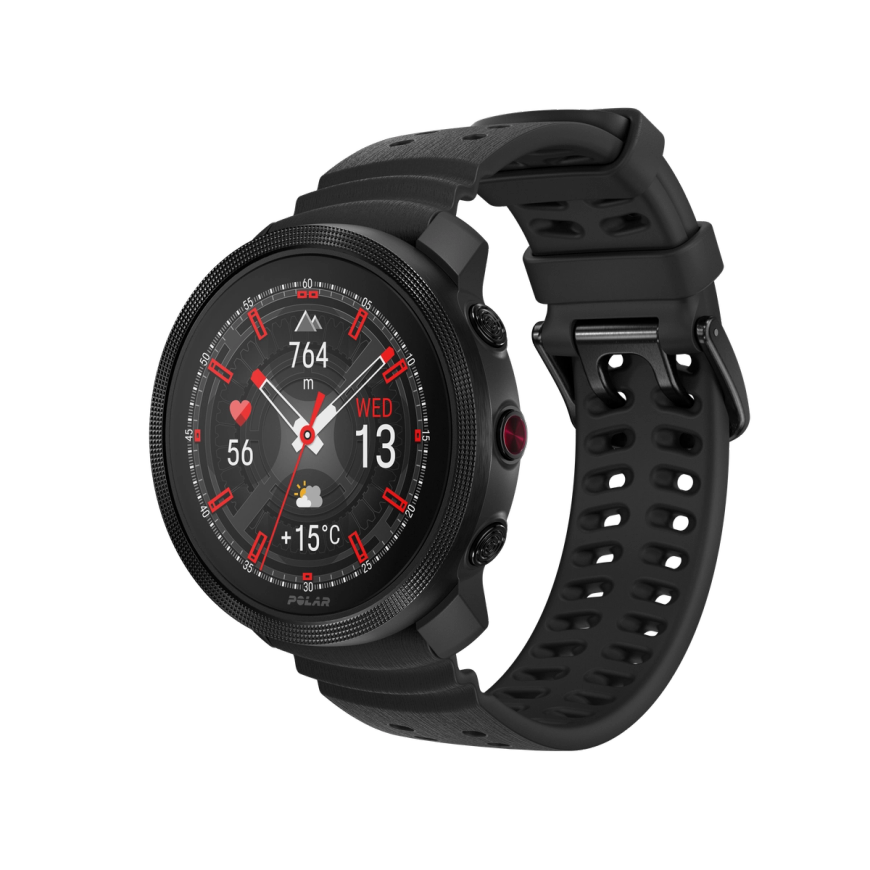
Polar Vantage M3
Smart Multi-Sport Watch
Polar Vantage M3 es un smartwatch elegante para atletas híbridos de diseño compacto pero potente, sofisticado pero robusto, pensado para llevar funciones de entrenamiento, sueño y recuperación extraordinarias a tu día a día.
Enjoying this article? Subscribe to Polar Journal and get notified when a new Polar Journal issue is out.
Subscribe
Which Bones are Used When Running?
Alright, team, we’ve covered the muscles that power your stride, but what about the framework that holds everything together? You know, the bones.
While we tend to think of bones as these static, unmoving things, they’re actually a dynamic, living part of you that’s constantly adapting to the amazing things you ask them to do. Let’s get into the nitty-gritty of your skeleton.
But, before we get to the cool stuff, a quick reality check: remember how we mentioned above that your body absorbs an impact that’s up to eight times your body weight with every single step? Well, don’t let that fact freak you out. Your body is built for this. Your femur—the longest and strongest bone in your body, located in your thigh—is capable of supporting up to a whopping thirty times your weight. Pretty impressive, huh?
So, which bones are the true MVPs of your running skeleton? It’s pretty much your entire lower body. Let’s take a look.
The Pelvis
First up, it’s the big, bowl-shaped bone structure that connects your legs to your torso. It’s the foundation for all your movement, providing a super stable base from which your powerful legs can do their thing. Think of it as the skeletal anchor that keeps you from pitching forward or swaying from side to side.
The Femur
Next, you have that impressive femur, which we just talked about. This is your thigh bone, and as the longest bone in your body, it’s a crucial part of how you stand, walk, and, of course, run. Yup, it’s the primary weight-bearing bone in your upper leg, taking on the brunt of the load with every single stride.
The Tibia, Fibula and Patella
Below that, you’ve got your lower leg bones. The tibia is the larger of the two, and it’s the main one responsible for carrying the weight of your body. The fibula, although smaller, works in conjunction with the tibia to provide stability and support to the ankle joint.
And what about that little bone on the front of your knee? That’s your patella, or kneecap, and its job is to protect that crucial knee joint from impact.
The Foot and Ankle
Finally, we’ve reached the true marvel of engineering. Your foot has 26 bones, including your tarsals, metatarsals, and phalanges (that’s your toe bones, by the way). Along with the ankle joint, where your tibia and fibula meet your foot, these bones are expertly designed to absorb the shock of landing, adapt to different surfaces, and give you that powerful push-off. They’re basically the suspension and propulsion system all rolled into one.
So, remember how we said your bones are not static? Well, it’s true. They are living, breathing tissue that’s constantly being rebuilt and renewed through a process called remodeling.
When you run, this process goes into overdrive. Just like lifting weights strengthens your muscles, the impact of running tells your bones to get stronger. Cells called osteoclasts dig out tiny bits of old, worn-out bone, leaving small cavities behind. Then, over the next three to four months, new cells called osteoblasts come in to fill those cavities with fresh, stronger bone tissue. So, with every run, you’re literally building a better, more resilient skeleton! Pretty cool, right?
But a word of caution: since that rebuilding process takes time, you can’t just keep pushing your body without giving it a break. If you run too much without giving your bones a chance to rebuild, you could end up with a stress fracture. So, listen to your body, give yourself time to recover, and you’ll be building a stronger running body from the inside out.
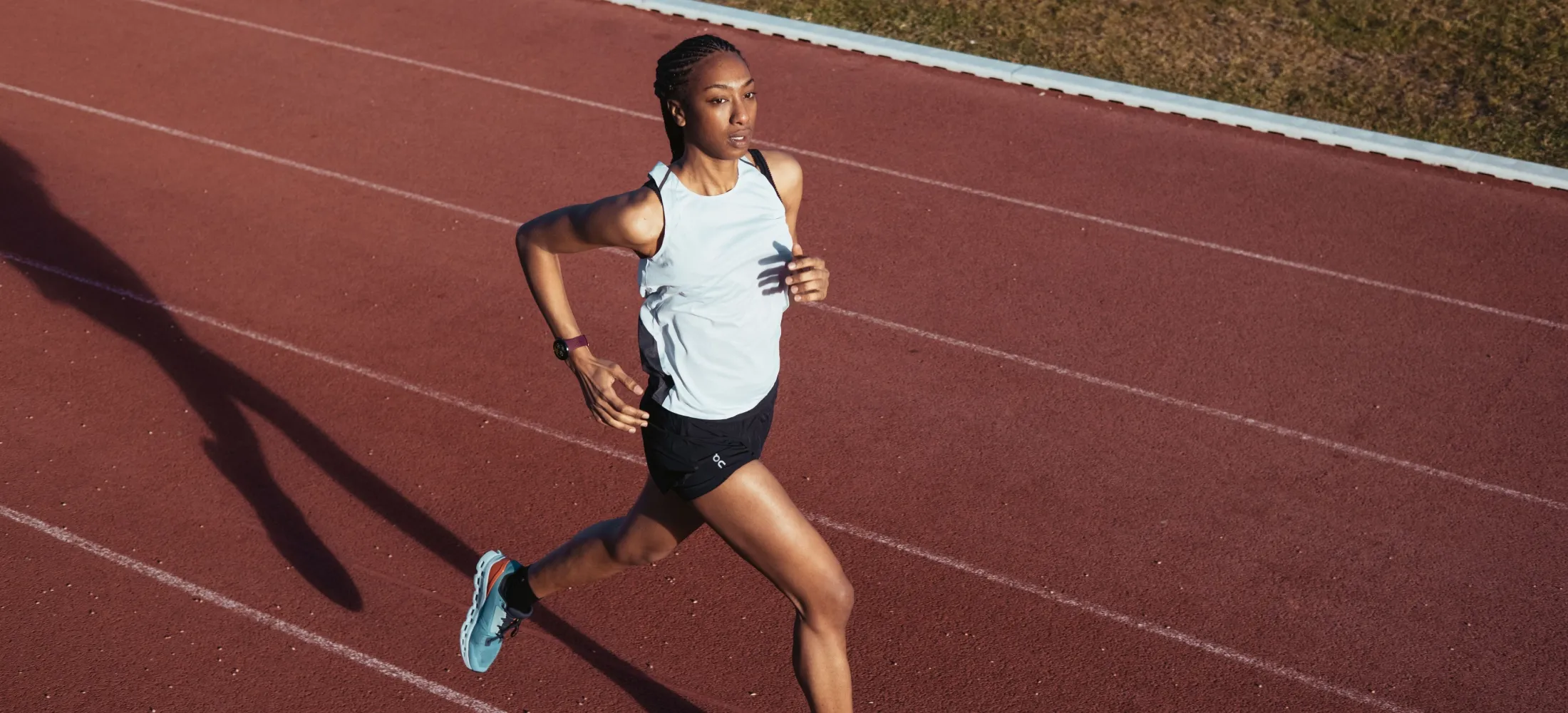
How Running Builds a Smarter Nervous System
So, there are the big bones and the powerful muscles, but what about the master controller that makes it all happen? We’re talking about your nervous system, the high-tech command center that orchestrates every single stride. Think of it as the ultimate brain-body connection, and it’s doing some pretty fantastic stuff before, during, and after your run.
During Your Run: Go Time!
As soon as you lace up and head out, your nervous system flips a switch. Your sympathetic nervous system—the ‘fight or flight’ part—jumps into action. It’s the one that tells your body, “Okay, let’s go!” It ramps up your heart rate, increases your blood pressure, and gets the blood pumping to your working muscles. But it’s not a free-for-all. The parasympathetic nervous system—the ‘rest and digest’ part—is right there to ensure the increase is steady and controlled, not a sudden, crazy jump.
After Your Run: Cool Down, Tune In
Once you cross that finish line (even if just mentally on your afternoon run), it’s the parasympathetic nervous system’s time to shine. It kicks back into high gear, acting like a cool-down crew for your internal systems. It brings your heart rate back down, helps your body return to a calm state, and signals that it’s time to recover. This is precisely why a proper cool-down is so essential—it gives your nervous system the green light to restore balance and prevent your heart rate from staying elevated.
The Good Kind of Stress
Now, you might hear the word 'stress' and think of crazy deadlines, traffic jams, or a mountain of laundry. That kind of stress—the chronic, everyday kind—is tough on your body and can lead to things like anxiety and fatigue.
But running? That's a different beast entirely. It's what we call a 'good' stressor. When you go for a run, you're intentionally putting a temporary, manageable strain on your nervous system. Your brain and body say, "Okay, we're doing some hard work now," and respond by adapting and getting stronger. Think of it like lifting weights for your nervous system.
Instead of wearing you down, this temporary stress actually builds you up. It teaches your nervous system to be more resilient, making it better equipped to handle all those other stressors in your life. That's why so many runners feel calmer and more focused after a challenging workout; they've essentially trained their nervous system to handle pressure and bounce back faster. It's a workout for your mind just as much as it is for your body.
The Long-Term Payoff: Training Your Brain
And here’s the really cool part: with every run, you’re not just training your muscles and bones—you’re literally rewiring your brain and spinal cord. Over time, all that regular running leads to some incredible changes.
A fascinating study has shown that as you become a more experienced runner, your nervous system becomes more efficient. It starts to merge muscle synergies, which is a fancy way of saying it learns to control groups of muscles as more efficient, complex units. This is the nervous system’s way of streamlining your movement, making your running form more efficient and less energy demanding. The result? You can run faster and farther with less effort.
So, while your legs are doing the hard work, your nervous system is working behind the scenes, building a better, more resilient you. Pretty awesome, right?
Don’t Forget About the Soft Tissue
Right, so we now know about the bones, muscles and nervous system, but we’re still missing a critical piece of the puzzle. What about all the stuff in between? That’s where connective tissue comes in.
Think of it as the organic wiring and support system that makes sure your bones, joints, muscles and nervous system can all talk to each other and work in perfect harmony. It’s what gives your body its incredible ability to absorb impact and spring you forward with every single step.
The Tendons and Ligaments
Think of your tendons as your body’s natural cables. They’re the tough, fibrous cords that connect your muscles to your bones. They’re not just passive connectors, though. They act like high-performance springs, stretching to store a massive amount of energy when your foot hits the ground. Then, as you push off, they recoil and release that energy, giving you a powerful boost. The Achilles tendon—the one connecting your calf muscles to your heel—is the rock star of this bunch, playing a massive role in your running efficiency.
Then you have your ligaments. They’re a bit different. While tendons connect muscles to bones, ligaments connect bones to other bones. Their main job is to provide stability to your joints, ensuring your bones stay aligned and don’t dislocate in every direction. They’re super tough and provide essential support, like the network of ligaments in your foot that helps hold your arch in place and prevents it from collapsing when you land.
All That Fascia
Now, for a lesser-known but equally important player: fascia.
Imagine that your body is wrapped in a single, continuous layer of the most intricate plastic wrap you’ve ever seen. That’s your fascia. It’s a web-like tissue that wraps around everything—muscles, nerves, organs, and bones—holding it all together and allowing it to slide and move smoothly.
When you run, your fascia works to distribute forces throughout your body, making your movement more efficient. For example, the thick band of fascia on the bottom of your foot, called the plantar fascia, supports your arch and acts as a major shock absorber.
Many researchers even think fascia is smarter than we previously believed. They view it as a reactive tissue that can contract and relax independently, and even provide sensory feedback. In this view, your fascia is like a sweater: if you pull on one part, the whole thing shifts. This is why a problem with your plantar fascia might not actually start in your foot. It could be a result of tightness or an issue in your hips or back, which is a pretty mind-blowing idea!
undefined

Polar Vantage M3
Smart Multi-Sport Watch
Polar Vantage M3 es un smartwatch elegante para atletas híbridos de diseño compacto pero potente, sofisticado pero robusto, pensado para llevar funciones de entrenamiento, sueño y recuperación extraordinarias a tu día a día.
That’s Right, Everything’s Connected
Yup, if the above example tells us anything, it’s that none of these amazing body parts work in isolation. They are all connected in one big, beautiful, and complex system.
Think of it like a chain. Every single link—from the bones in your toes all the way up to your core—needs to be strong and working together. If one link is weak or out of whack, the others have to pick up the slack. For runners, this is a huge deal. An imbalance in one area can lead to a domino effect of issues, ultimately resulting in an injury somewhere else.
Let’s use an example. Say you have tight hip flexors (and chances are, if you sit at a desk all day, you do). Because they’re tight, they can limit the full range of motion in your hips. To compensate, your body might ask your hamstrings and quads to work harder than they should, or it might prevent your glutes from engaging properly.
And your glutes, as we know, play a key role in stabilizing your pelvis. So, if they aren’t doing their job, other muscles have to step in. This can put stress on your knees or even your ankles. Suddenly, that pain in your knee isn’t a knee problem at all—it’s a symptom of a much bigger issue higher up in the kinetic chain.
This is why understanding your running anatomy is so powerful. When you understand how everything connects, you can identify the root cause of a problem, rather than just treating the symptom. By identifying a weak or tight link in your personal chain, you can work to strengthen it, which not only helps prevent future injuries but also makes you a more efficient and powerful runner. So, pay attention to the little signals your body sends you. Your body is always talking—you just have to learn how to listen.
The Science of Your Stride
So, whether you’re just starting your journey on the treadmill or you’re a seasoned marathon veteran, now you know your body is a marvel of human evolution and design (but you probably already knew that, right?).
Yet, the more you learn about how it all works, the more you can genuinely appreciate the miles you log. It’s not just about covering distance; it’s about understanding the complex symphony of movement that happens with every single stride. Take this knowledge with you on your next run. Pay attention to how your feet land, how your glutes engage, and how your arms swing.
After all, you don’t need to go back to school to be a student of your own body. Staying informed can help you unlock better performance, prevent injury, and foster a deeper sense of connection to the sport you love. So, lace up, get out there, and let your amazing body do what it was born to do.
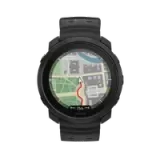 Polar Vantage M3
Polar Vantage M3
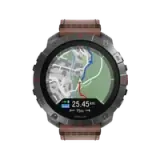 Polar Grit X2 Pro Titan
Polar Grit X2 Pro Titan
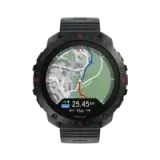 Polar Grit X2 Pro
Polar Grit X2 Pro
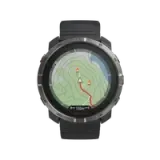 Polar Grit X2
Nuevo
Polar Grit X2
Nuevo
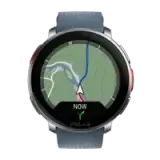 Polar Vantage V3
Polar Vantage V3
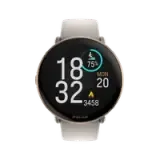 Polar Ignite 3
Polar Ignite 3
 Polar Ignite 3 Braided Yarn
Polar Ignite 3 Braided Yarn
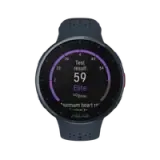 Polar Pacer Pro
Polar Pacer Pro
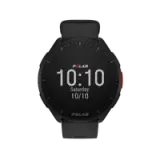 Polar Pacer
Polar Pacer
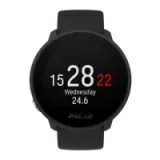 Polar Unite
Serie Grit X
Serie Vantage
Serie Polar Pacer
Serie Ignite
Polar Unite
Serie Grit X
Serie Vantage
Serie Polar Pacer
Serie Ignite
